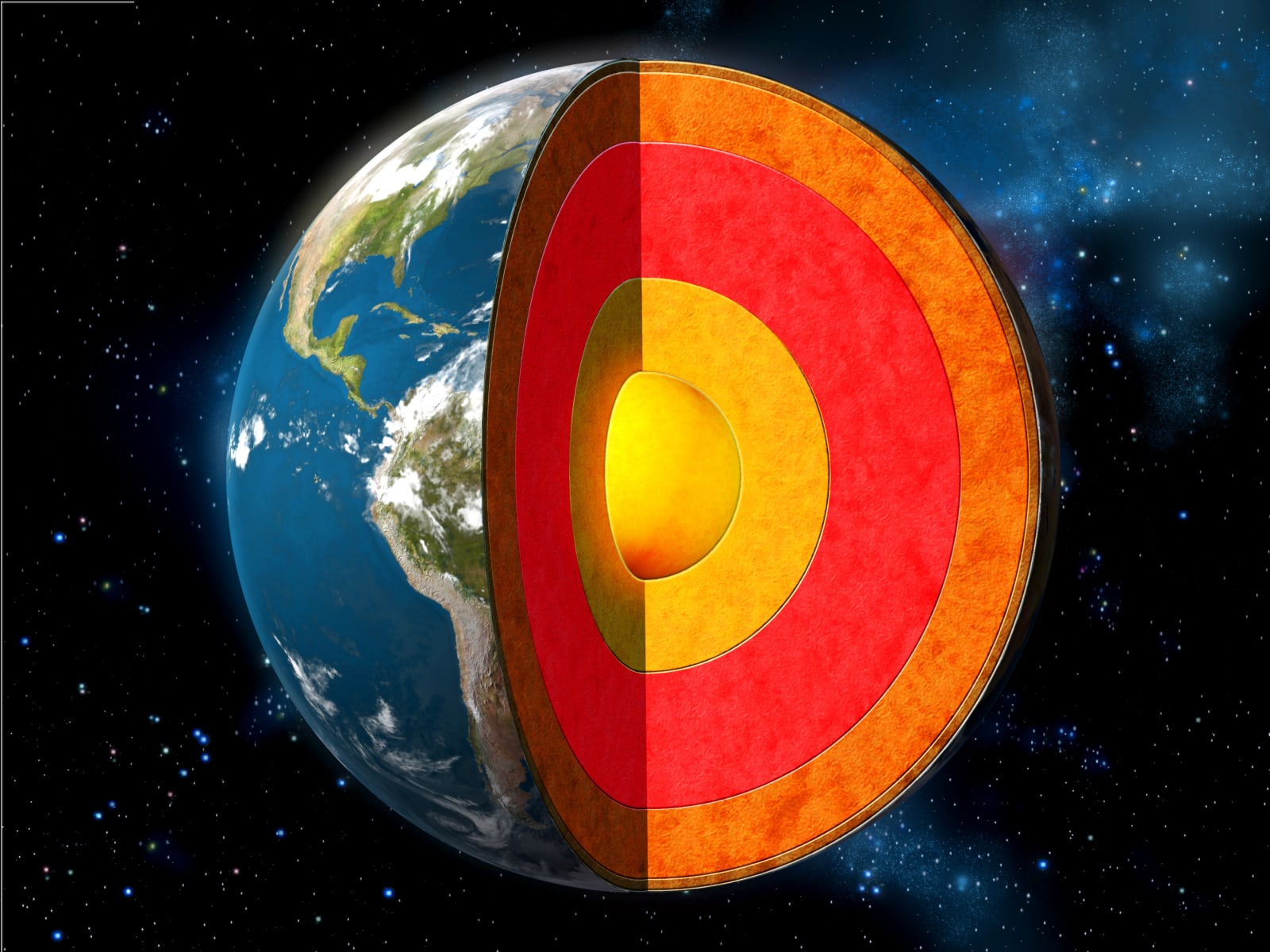
For all its tough chemical properties and unusual capacity for intricate molding, Liquidmetal is apparently too uneconomical for anything much bigger than Apple's SIM ejector tool or, perhaps, the chess pieces rendered above (for illustrative purposes only!). Attempts to use so-called "metallic glass" to mass-produce larger objects, like the bodies of phones or tablets, have been hampered by difficulties in creating large sheets of controllable thickness, because stretching and other traditional techniques just cause the stuff to break. However, a patent recently awarded to Crucible Intellectual Property (the shell company representing the exclusive licensing tie-up between Apple and Liquidmetal Technologies) suggests some progress has been made towards removing this barrier.
Now, we can't claim dwarven levels of expertise on the subject, but we're inclined to agree with the interpretation of the folks at Electronista, who spotted that the patent describes a range of factory methods (generally involving lots of melting and conveyor belts) for creating sheets of metallic glass of controllable thickness between 0.1mm and 25mm and in widths of up to three meters. The paperwork explicitly mentions the use of these sheets in making iPhones, iPads, watches or indeed "any electronic device known the art." In the shorter term, if you happen to really, really want a Liquidmetal chess set, you can register your enthusiasm at the More Coverage link below.
[Rendered image by Cassidy Stevick, Liquidmetal Technologies]
Filed under: Cellphones, Misc, Tablets, Wearables, Mobile, Apple
Comments
Via: Electronista
Source: USPTO
 We most likely won't reach the center of the Earth in this lifetime, but scientists might be able to recreate it with the help of Yale's new liquid metal material. Researchers from the university have created a substance made of various particles sus...
We most likely won't reach the center of the Earth in this lifetime, but scientists might be able to recreate it with the help of Yale's new liquid metal material. Researchers from the university have created a substance made of various particles sus...
 We most likely won't reach the center of the Earth in this lifetime, but scientists might be able to recreate it with the help of Yale's new liquid metal material. Researchers from the university have created a substance made of various particles sus...
We most likely won't reach the center of the Earth in this lifetime, but scientists might be able to recreate it with the help of Yale's new liquid metal material. Researchers from the university have created a substance made of various particles sus...









